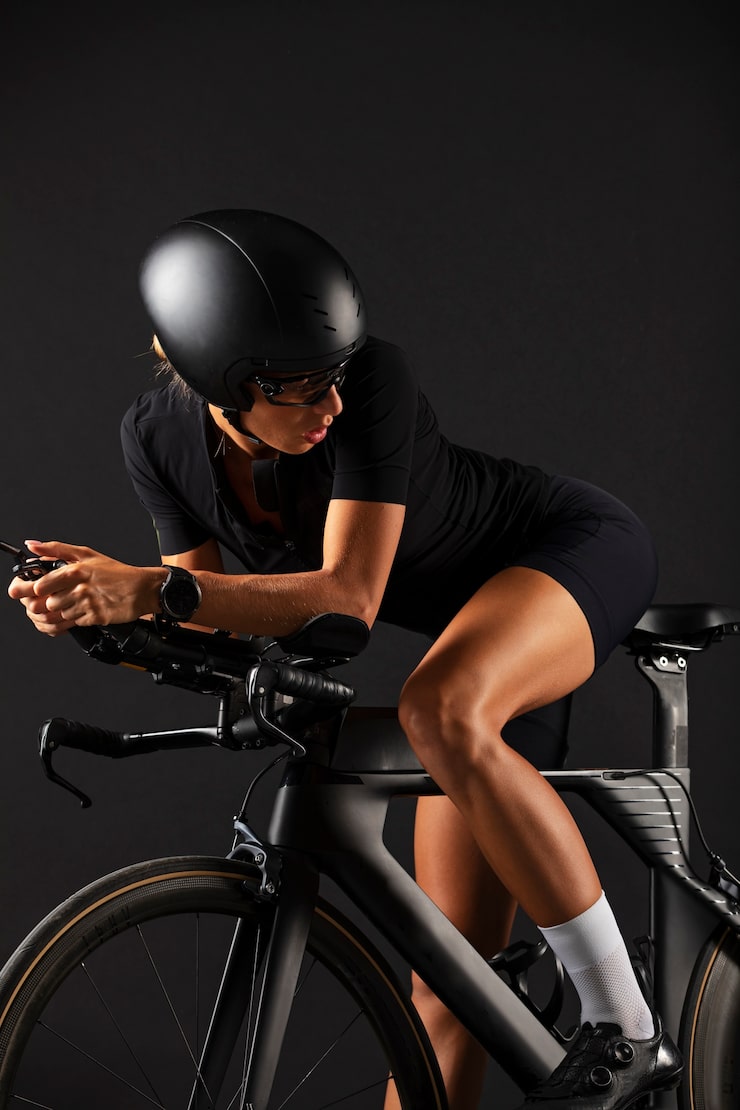
If you’ve lived through Midwest winters, you know how hard it is to get motivated to exercise outside. When ice covers everything, the wind chill is 20 below, and even the dog won’t go out, it’s time for a home workout.
That’s why last fall we spent $2,256 on a Peloton Bike+ (that included a $59 mat and $35 toe-clip adapters). So if you’re asking, “Should I buy a Peloton?”, here are five reasons we think it’s worth it—and a few reasons you might want to skip it.
Peloton became a pandemic favorite when gyms closed and people wanted connected workouts at home. Despite some public-relations stumbles (remember that 2019 Christmas ad?) and problems with their early treadmills, Peloton grew fast. The hype faded a bit after the pandemic; the stock peaked around $163 in December 2020 and is trading much lower now. Full disclosure: I bought in around $50 a share—this knucklehead.
Still, we love our bike. There’s a real devotion to it—fun, effective, and repeatable. The subscriber base has stayed solid even as overall demand for home fitness cooled. To me, that suggests the product has staying power.
Here are the five reasons we like it:
1) The trainers push you. They’re intense and won’t let you slack off. Sometimes the pep talks drive me nuts, so I mute them and listen to podcasts instead. It depends on my mood or how my body’s feeling. After a bout of COVID, I stuck to 15–20 minute recovery rides. When I’m feeling strong, I’ll do 30– or 45-minute HIIT or hill rides—those kick my butt. After a session I’ll often have logged almost 10 miles and burned 300–400 calories. Legs like jelly, but it feels great.
2) Huge variety of classes. Beyond cycling there are yoga, stretching, boxing, and strength classes if you bring your dumbbells. My wife mixes things up more than I do; I mostly spin with the occasional stretch. Music styles vary too—EDM, pop, rock, country, and even classical-leaning rides. There are guest DJs and themed classes if you want something different. They also added a gamified ride called Lanebreak, which is a fun, Tron-meets-Guitar-Hero twist. It’s a nice break from the usual routine and could be addictive in a good way.
3) The trainers (and their personalities). The instructors are real people with distinct styles. Some are big social media names—Cody Rigsby (recently on Dancing With the Stars), Ally Love, Emma Lovewell. Pick a trainer who fits your vibe: salty and loud one day, chill the next. They always bring energy and push hard, and they’re a big reason people stick with Peloton.
4) The cost can be manageable. Our total was $2,256, and we financed it with 0% APR through Affirm over 43 months, which was about $52.48 a month—much easier to handle. The Peloton app is $44 a month (pre-tax), which is still cheaper than many gym memberships. My company offers a health incentive that drops my fee to $28 a month and helped lower the bike’s price for us. If you don’t have that perk, it’s still a reasonable home-gym option—just make sure you’re on solid financial footing before buying.
5) The community. I’m not a social-media guy, but Peloton has a massive community—over 6.6 million members as of June 2022. If you want support, challenge, or just people to ride with, the community is out there to cheer you on.
That said, Peloton isn’t right for everyone. Here are some reasons to think twice:
1) Debt. If you’re carrying a lot of debt, prioritize paying that down before buying a Peloton. You can get a good winter workout by setting up a stationary trainer on your regular bike and save the fancy gear for later.
2) Space. The bike takes room. We fit it into our 1,500-square-foot house but barely. If space is tight, it could be awkward—especially if one of you is working from home and the other is mid-ride.
3) You already love your gym. If you prefer in-person classes and the social energy of a gym, Peloton won’t replace that. Decide whether you really need both memberships.
We have no regrets about our purchase, but it helped that we waited until we were in a comfortable financial spot and value staying active. Could we get bored eventually? Maybe. But seasons help—winter is for indoor rides; summer is for getting outside. In warm months I usually ride the Peloton twice a week at most. When the snow falls, I clip in and pedal hard.
